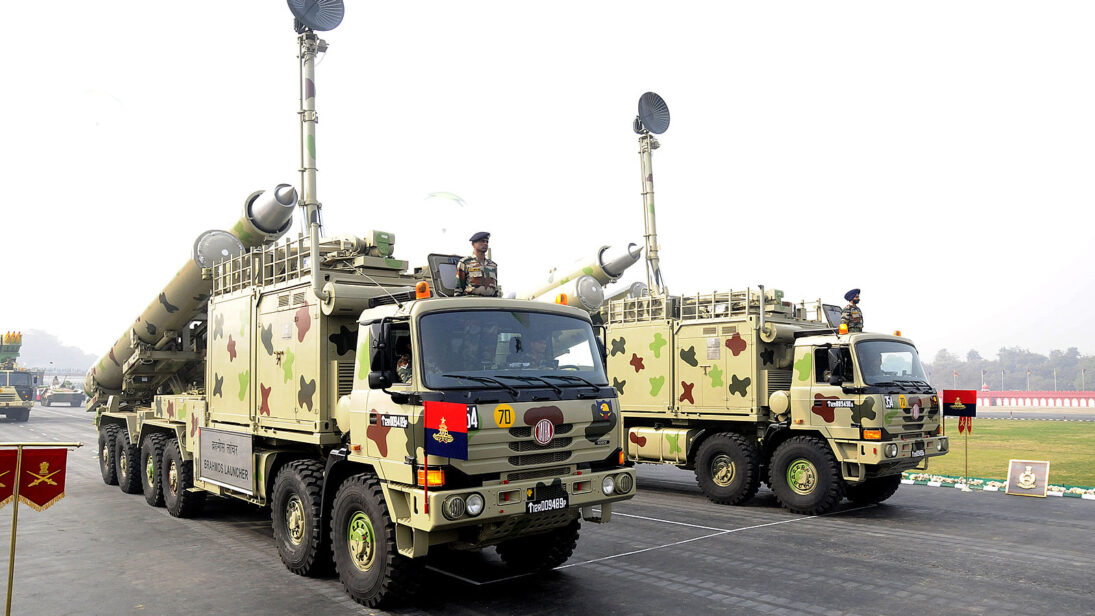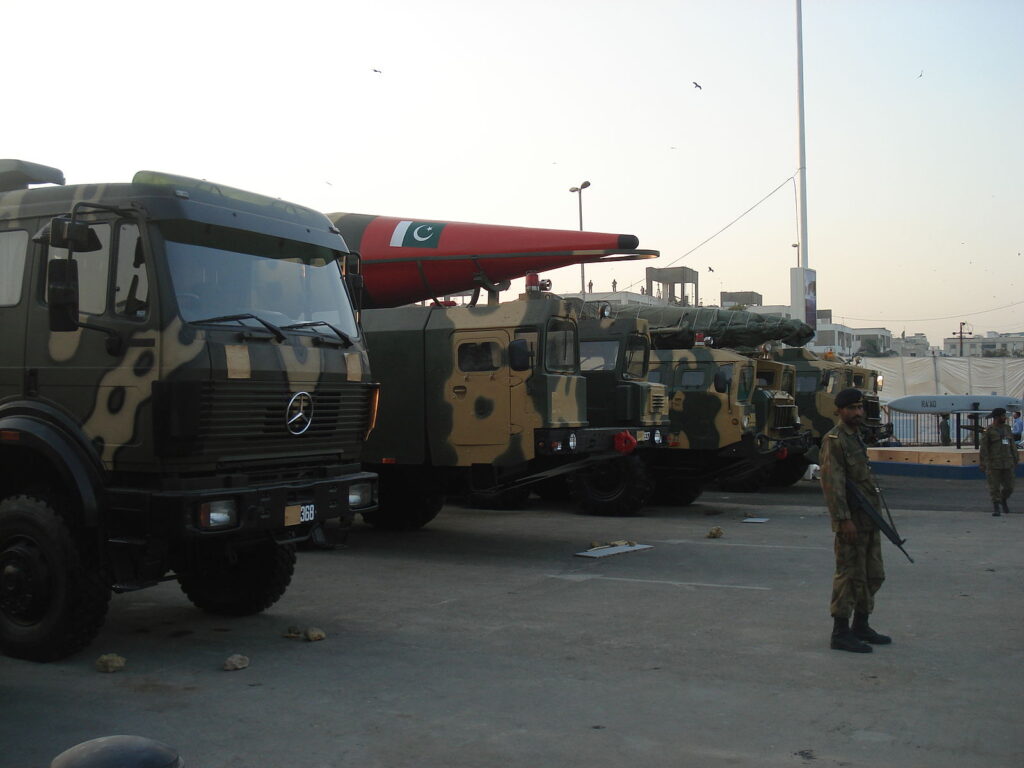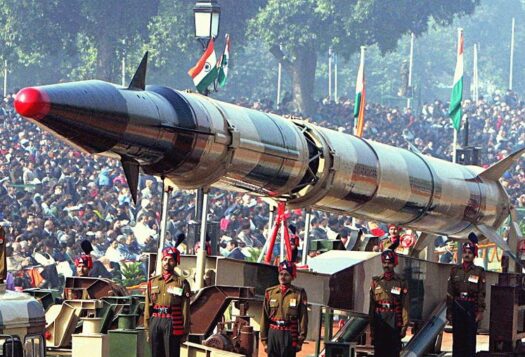
On March 9, an Indian BrahMos missile entered Pakistani airspace and fell on Pakistani territory, causing some damage to the surrounding areas. Pakistan’s first official reaction came the next day on March 10, when the Director-General of the Inter-Services Public Relations (ISPR), General Babar Iftikhar strongly condemned the incident and asked India for an explanation. According to General Iftikhar, “a high-speed flying object was picked up inside the Indian territory by the Air Defense Operation Centre of the Pakistan Airforce.” The object maneuvered towards Pakistani territory and violated Pakistan’s airspace before ultimately falling near the city of Mian Channu. After Pakistan’s strong condemnation of the incident, the Indian Defense Ministry finally acknowledged that “a technical malfunction” had led to the accidental firing of the missile that landed in Pakistan. While observers have expressed relief that there was no escalation, the incident has opened up myriad questions regarding the relationship between the nuclear-armed neighbors and offers valuable lessons for the future.
Several media reports claim that India never used the military-to-military hotline following the “inadvertent” missile launch, which would have provided a quick communication link between the two countries designed to reduce miscalculation and aimed at risk mitigation. The failure to use the hotline could imply more serious consequences for both India and Pakistan during a future conflict. Other reports have suggested the possibility of a Pakistani retaliatory strike. Pakistan’s subdued reaction has been attributed to the realization that “something was amiss.” Fortunately, the missile caused minimal damage in its wake, and the Pakistani military quickly concluded that the missile was unarmed. Had the missile hit a military target, collided with a commercial airliner in its path, or caused casualties, the situation may have spiraled out of control.
While observers have expressed relief that there was no escalation, the incident has opened up myriad questions regarding the relationship between the nuclear-armed neighbors and offers valuable lessons for the future.
For India, the incident has highlighted several issues related to the safety and security of its military systems. Following the missile misfire, Indian Defense Minister Rajnath Singh expressed regret over the incident, saying that the standard operating procedures (SOPs) for “operations, maintenance, and inspection” of such systems were being reviewed, potentially implying that human error, and not technical issues alone, had resulted in the accidental launch. The missile did not hit military infrastructure, an aircraft, or a populated area and the missile was unarmed. Nonetheless, the launch has compromised India’s longstanding claim that it had foolproof systems in place to ensure the safety and security of its weapons systems. Recent speeches by Hindu nationalist leaders urging the use of force against Pakistan also reinforce Pakistan’s growing skepticism about Indian assurances. There are also voices in India’s domestic polity demanding answers about circumstances involving the incident. Given the geographical proximity between the two neighbors and the limited time available to mitigate a crisis, the risk for a disproportionate response increases considerably.
While some in India commended the Pakistani military’s “muted” response that potentially helped avert a crisis, others have criticized Pakistan’s failure to intercept the missile’s launch. Observers in Pakistan have also raised questions about the adequacy of Pakistan’s response and the country’s ability to defend itself against an Indian attack. Like India, Pakistan will also have to address issues related to public confidence amid the possibility of radar coverage and air defense gaps. Since good fortune seems to have played a greater role in ensuring a low-key Pakistani response following the incident, both Pakistan and India need to revisit their bilateral relations, especially in the nuclear realm. Near-miss accidents—like this one—highlight the need for communication channels to always remain open. A dedicated hotline would facilitate negotiations and provide a platform to reduce nuclear risks.

Strategic communities in both countries, as well as experts in the United States, have highlighted the importance of nuclear risk reduction, especially through cooperative information exchanges and longer decision-making times, following the incident. Many experts have also suggested strengthening technical and operational measures to ensure there are no accidents involving missile launches without proper authority. Expanded procedures for the rapid exchange of information about ambiguous information also need to be institutionalized.
Given the already contentious relationship between India and Pakistan, bilateral relations in South Asia require greater efforts that would help avoid accidents or miscalculations in the future. It is very important also that the two countries remain engaged in CBMs. Since the incident involved the accidental launch of a cruise missile, perhaps the time is right for India and Pakistan to consider enhancing the 2005 pact to also include cruise missiles. Both countries also need to realize the importance of CBMs in the nuclear realm to manage risks associated with their expanding civilian and military nuclear programs. Unfortunately, existing measures between the two are aimed at avoiding crises rather than management or de-escalation. Pakistan’s insistence on third-party involvement and India’s usual dismissal of Pakistan’s demands is reason enough for creating a bilateral mechanism to provide a buffer during future conflicts. The U.S. appeared largely distant, making it clear that India and Pakistan need to resolve crises on their own.
Near-miss accidents – like this one – highlight the need for communication channels to always remain open. A dedicated hotline would facilitate negotiations and provide a platform to reduce nuclear risks.
That the incident did not spiral out of control is a miracle. False alarms have occurred previously— especially during the Cold War—and remain a possibility in any contemporary nuclear environment. Despite all the precautions, there is the possibility of an inadvertent launch due to human error or technical fallibility. Bilateral dialogue and CBMs are, now more than ever, processes to be encouraged between India and Pakistan, and leadership on both sides of the border must find a way to prevent such dangers in the future.
Editor’s Note: This article is part of a three-part series featuring authors from India, Pakistan, and the United States reviewing the implications of India’s accidental missile launch on March 9, how it happened, why relative calm ensued, and what the crisis reveals about India-Pakistan relations and prospects for Confidence Building Measures (CBMs) in the future. Read the full series here.
***
Image 1: Wikimedia Commons
Image 2: Syed Naqvi via Wikimedia Commons


